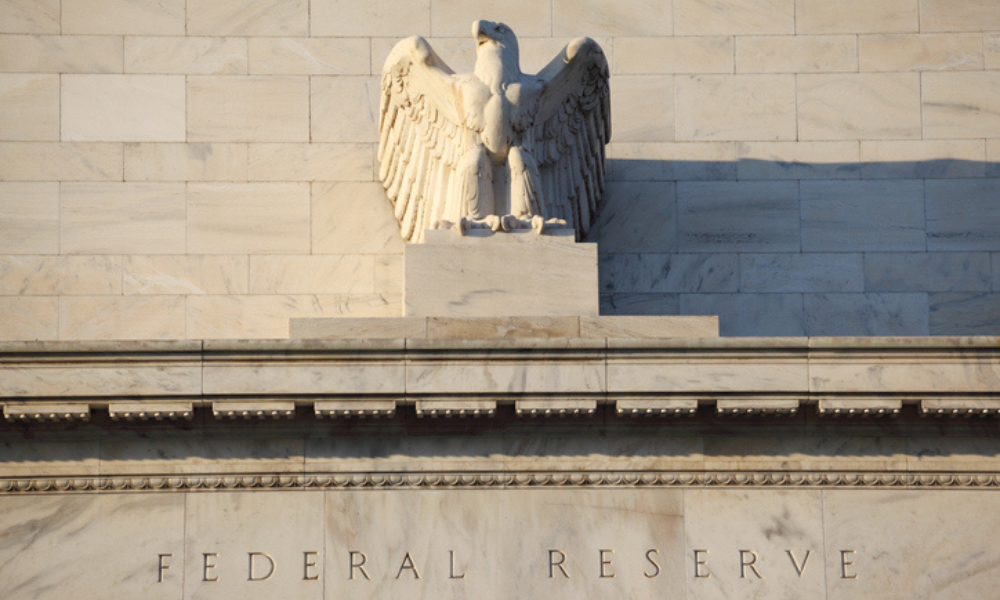Economists are watching to see if Canada's 25-quarter-point cut strategy will hold

After the US Federal Reserve revealed a larger-than-anticipated interest rate cut yesterday, Canadian economists are eyeing potential ripple effects north of the border. RBC Economics suggests that the Bank of Canada might follow suit, albeit at a more measured pace.
The Fed made a surprising move by cutting its benchmark interest rate by 50 basis points, lowering the target range to 4.25% to 5%. While many anticipated the Fed would begin its easing cycle this month, there was uncertainty about the size of the rate cut.
Markets had been split between a 25-basis-point or a 50-basis-point cut. Ultimately, the Federal Open Market Committee (FOMC) voted 11-1 in favour of the larger reduction, marking the first rate cut since March 2020.
The decision comes as US economic indicators show mixed results: job gains have slowed, the unemployment rate has ticked up, but inflation has made significant progress toward the Fed’s 2% target. Still, inflation remains slightly elevated. This supersized rate cut is part of the Fed’s strategy to reduce the risk of falling behind a gradually softening labour market.
What’s in it for Canada?
While the US economy continues to grow at a solid pace, Canada’s economic performance has been weaker.
“The Canadian economy has continued to underperform global peers,” RBC assistant chief economist Nathan Janzen pointed out in the bank’s recent economic update report.
Declines in per-capita output over recent quarters have led to stagnant income growth and a rising unemployment rate. Although high immigration rates have increased the number of consumers, per-capita GDP and rising unemployment paint a less optimistic picture for Canadian households.
“Canada is not ‘officially’ in a recession with a high rate of immigration increasing the numbers of consumers in the country, but per-capita gross domestic product and the unemployment rate are more representative of what individual households and workers are experiencing in the current economy, and on that basis, it certainly feels like one,” Janzen said.
Nevertheless, inflation is slowing, which has allowed the Bank of Canada to gradually lower interest rates. The central bank has already implemented three consecutive 25-basis-point rate cuts since June.
However, the current interest rate levels are still high enough to restrict economic growth rather than stimulate it.
Janzen explained that the “lags between changes in market interest rates and actual household borrowing rates mean debt servicing costs will continue to rise – particularly for households renewing fixed-rate mortgages that date back to the exceptionally low levels of rates during the pandemic.”
Read more: Could Canada see a 50-point rate cut in October?
Still, the Fed's aggressive move could push the Bank of Canada to further accelerate its own rate-cutting cycle.
“We look for the BoC to continue pushing interest rates gradually lower, and that will help limit the size of the consumer payment shock and allow for a pickup in the economy in the second half of next year,” Janzen added.
Make sure to get all the latest news to your inbox on Canada’s mortgage and housing markets by signing up for our free daily newsletter here.



